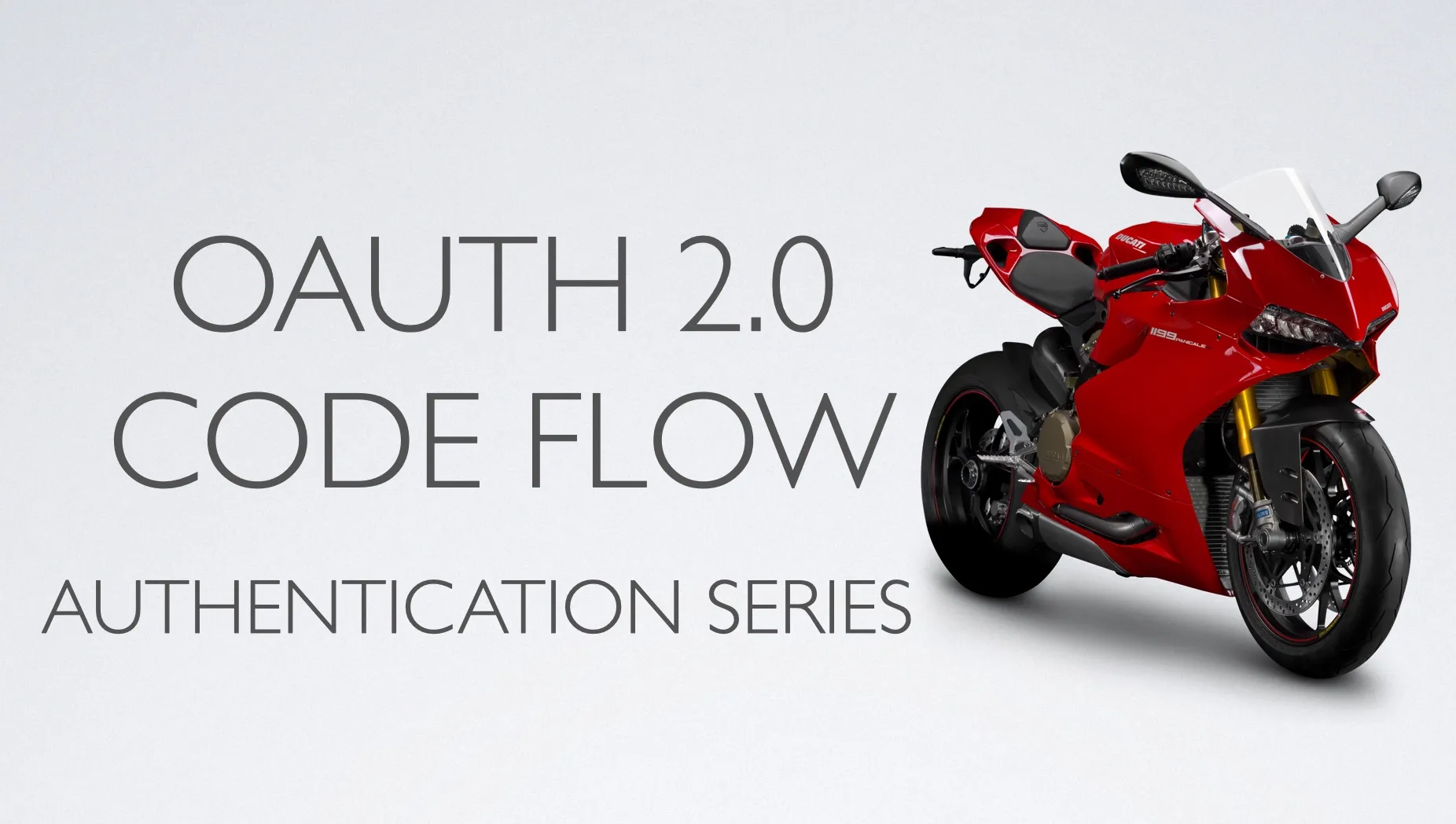
# OAuth 2.0 Authorization Code Flow
Table of Contents
Brief Description
The OAuth 2.0 authorization code flow is a secure and widely adopted method for obtaining access tokens to access user resources on behalf of the user.
Steps
Here’s a summary of the steps in the authorization code flow:
-
Client Initiation: The client application initiates the authorization process by redirecting the user to the authorization server’s authorization endpoint.
-
User Authentication and Consent: The user is prompted to authenticate with the authorization server and grant permission to the client application to access their resources.
-
Authorization Code Generation: Upon successful authentication and consent, the authorization server generates an authorization code and redirects the user back to the client application along with the authorization code.
-
Access Token Exchange: The client application exchanges the authorization code for an access token by making a request to the authorization server’s token endpoint.
-
Access Token Usage: The client application uses the access token to access the user’s protected resources, such as APIs or data endpoints.
To clarify, in the authorization code flow, the authorization endpoint issues an authorization code to the client application upon user consent, not an access token directly.
Why Authorization Code Flow Not Issue Access Token Directly?
The OAuth 2.0 authorization code flow is designed to enhance security and minimize certain risks associated with transmitting sensitive information, such as access tokens, through the user’s browser or mobile device.
Here are some reasons why the authorization endpoint issues an authorization code instead of an access token directly:
-
Reduced Exposure of Access Tokens: Access tokens are sensitive pieces of information that grant access to the user’s protected resources. By issuing an authorization code instead of an access token directly, the authorization server reduces the exposure of access tokens to potentially compromised user agents (such as web browsers or mobile apps). Since the authorization code is short-lived and can only be exchanged for tokens by the client application with its credentials, the risk associated with the interception of the authorization code is lower than if an access token were transmitted directly.
-
Separation of Concerns: Separating the authorization process into two steps—obtaining the authorization code and exchanging it for an access token—helps clarify the roles and responsibilities of different components in the OAuth 2.0 flow. The authorization endpoint is responsible for handling user consent and authentication, while the token endpoint is responsible for issuing access tokens based on valid authorization codes and client credentials. This separation enhances the security and maintainability of the OAuth 2.0 protocol.
-
Support for Additional Security Measures: The authorization code flow allows for the implementation of additional security measures, such as client authentication at the token endpoint using client credentials (client ID and client secret), which helps verify the identity of the client application before issuing access tokens. This adds an extra layer of security to the token issuance process and helps prevent unauthorized access to user resources.
Overall, by issuing an authorization code instead of an access token directly, the OAuth 2.0 authorization code flow aims to improve security, reduce exposure to sensitive information, and provide a clear separation of concerns in the authentication and authorization process.
Benefits of Authorization Code Flow
-
Enhanced Security: By separating the authorization and token exchange steps, it reduces the risk of exposing sensitive information, such as access tokens, during the authorization process.
-
User Consent: Users have control over which resources the client application can access, ensuring privacy and security.
-
Scalability: The authorization code flow is well-suited for a wide range of client types, including web applications, mobile apps, and desktop applications.
-
Refresh Token Support: It supports the use of refresh tokens, allowing clients to obtain new access tokens without requiring user interaction.